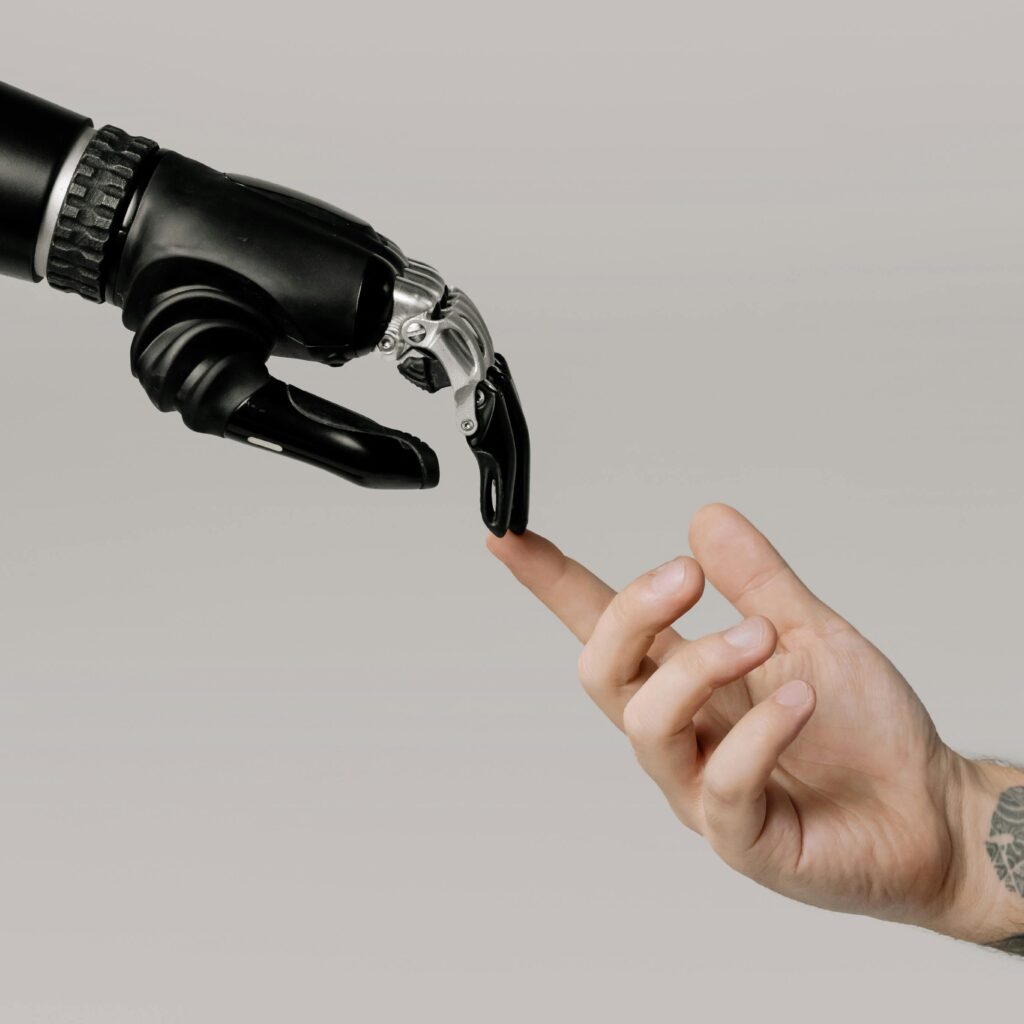
We trust a calculator implicitly. When it tells us that 1,347 multiplied by 281 is 378,507, we don’t question its motives or its reasoning. We accept the output because we understand the tool: it’s a deterministic machine that performs a specific, transparent function. It gives us answers.
Now, consider a chatbot. We ask it a complex question about history, law, or even our own feelings. It returns a paragraph of fluent, confident, and seemingly thoughtful prose. And often, we trust it. But this trust feels different. It’s deeper, more personal, and far more dangerous. Why does a system that is fundamentally just sophisticated pattern-matching command a level of deference we would never grant a calculator?

The answer lies not in the technology itself, but in the psychology it exploits. The label of “artificial intelligence” casts a powerful spell, short-circuiting our judgment through a potent mix of cognitive biases and our innate desire to find a mind in the machine.
The Ghost in the Machine: Anthropomorphism and the ELIZA Effect
Our brains are wired for social connection. We are evolved to interpret language as a sign of a mind, and we instinctively project human-like qualities onto things that communicate with us. This tendency is called anthropomorphism, and it’s the primary reason we engage with a chatbot differently than a calculator. A calculator computes; a chatbot converses.
This phenomenon was first observed in the 1960s with ELIZA, a rudimentary program designed to mimic a psychotherapist by recognizing keywords and reflecting a user’s statements back as questions. For example:
- User: I am feeling sad today.
- ELIZA: I’m sorry to hear that you are feeling sad. Can you tell me more about why you’re feeling this way?
Despite its simplicity, users became emotionally attached, confiding in the machine and believing it genuinely understood them. Its creator, Joseph Weizenbaum, was shocked. He dubbed this the “ELIZA effect”: our readiness to attribute understanding and emotion to a program based on superficial conversational cues.
Modern chatbots are the ELIZA effect on an exponential scale. They don’t just mimic conversation; they generate it with a fluency that can be indistinguishable from a human’s. This triggers our social programming, making us treat the AI not as a tool, but as a social entity—a teammate or an acquaintance.We attribute to it mental capacities like thinking, feeling, and choosing, even when we know it possesses none.
The “Intelligence” Label: A Cognitive Hazard
The very term “artificial intelligence” is a psychological trap. Unlike a calculator, which is presented as a simple tool, an AI is framed as an expert. This triggers several cognitive biases that bypass our critical judgment.10
- Authority Bias: We tend to assign greater credibility to sources we perceive as authoritative. By labeling a system “intelligent,” we prime ourselves to accept its output with less scrutiny. The polished, confident tone of a chatbot’s response reinforces this perception of expertise, making us more willing to cede our own judgment.
- Perceived Objectivity: We often assume machines are more objective than humans because they lack emotions or personal motives. This can lead to inflated trust, even though an AI’s output is merely a reflection of the biases present in its vast training data—data that is often dominated by a specific cultural and demographic perspective.
- The Black Box Paradox: A calculator’s process is transparent. A chatbot’s is a “black box”. While this lack of explainability can sometimes cause discomfort, it can also create an illusion of a higher, inaccessible intelligence at work, further encouraging us to trust its conclusions without demanding proof.
The Danger of Fluent Falsehoods
Herein lies the critical risk. A calculator is designed for accuracy. A large language model is designed for fluency. Its primary function is not to tell the truth, but to predict the next most likely word in a sequence to create believable text. This means it can generate convincing falsehoods, or “hallucinations,” with the same authoritative confidence as it states facts. It doesn’t lie, because it has no concept of truth or intent; it simply simulates what it “believes” a correct answer should look like.
This becomes particularly dangerous when it interacts with our own cognitive flaws, most notably confirmation bias—our tendency to favor information that confirms what we already believe. Overly agreeable chatbots can create a “digital echo chamber,” endlessly validating a user’s perspective without offering challenges or alternative views. This dynamic doesn’t just lead to misinformation; it can actively strengthen a user’s confidence in their own flawed or biased opinions.
So to conclude…
The trust we place in a chatbot is not a logical assessment of its capabilities; it is an emotional and psychological response. We are not interacting with a better calculator; we are interacting with a mirror that reflects our own human tendency to find consciousness in patterns. A calculator is a tool we control. A chatbot, with its veneer of intelligence, can feel like a partner we consult.
This distinction is vital. The path forward requires us to develop “calibrated trust”—an awareness of the system’s actual capabilities and limitations, rather than a blind faith driven by psychological illusion. We must learn to treat a chatbot like a calculator: a powerful but ultimately unthinking tool. It can give us answers, but it cannot, and should not, be trusted with our judgment.


Leave a Reply